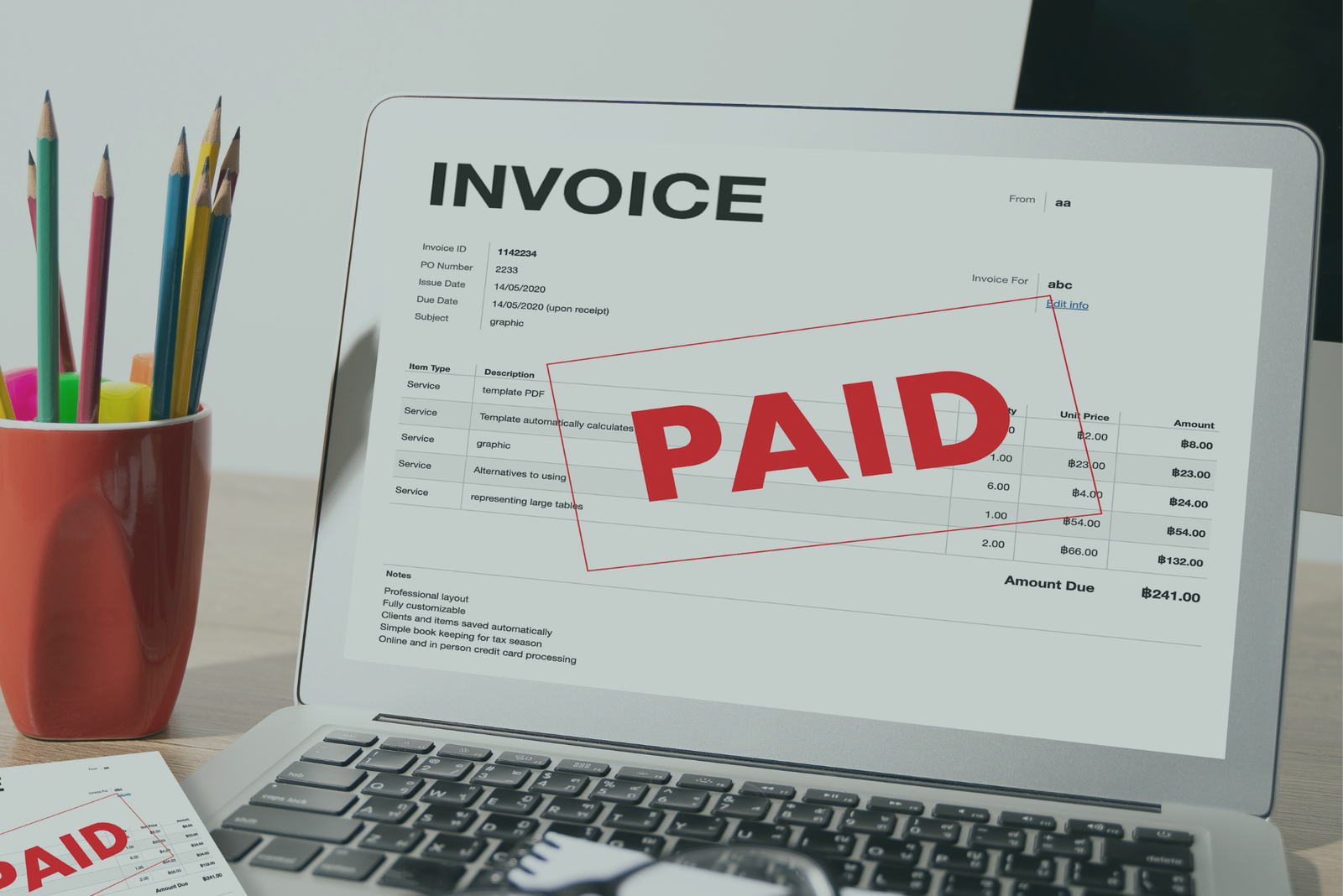Insights

Types of Business Loans Explained: Choosing the Right Financing for Your Business
When it comes to business growth, having the right financing in place can make the difference between an opportunity you seize and one you miss.
But here’s the challenge: not all business loans are created equal.
As your trusted financial partner, Finmed Capital works with entrepreneurs, business owners, and executives across Canada and the U.S. to help them identify the most suitable financing solutions—not just based on the amount they need, but also on their cash flow, growth stage, and future plans.
In this guide, we’ll break down the main types of business loans, how they work, typical terms, and when each might be the right fit for your business.
1. Term Loans
A term loan is the classic type of business loan most people think about. It’s a lump sum of money borrowed from a lender, repaid over a set period (the “term”) with fixed or variable interest rates.
Key Features:
Loan Amounts: Typically range from $50,000 to several million.
Repayment Terms: From 1 to 25 years, depending on the purpose and lender.
Interest Rates: Fixed or variable, based on creditworthiness and loan size.
Collateral: Often required, especially for larger loans.
Best For:
Large investments like buying property, expanding facilities, or acquiring another business.
Businesses with predictable cash flow that can handle regular monthly payments.
Example:
A manufacturing company in Ontario takes a $500,000 term loan over 10 years to purchase additional production equipment, locking in a fixed rate for predictable payments.
2. Working Capital Loans
A working capital loan is designed to cover short-term operational needs rather than long-term investments.
Key Features:
Loan Amounts: Often from $10,000 to $500,000.
Repayment Terms: Usually 6 months to 3 years.
Speed: Many lenders can approve and fund quickly.
Collateral: May be unsecured or secured depending on the borrower’s profile.
Best For:
Managing seasonal fluctuations in revenue.
Covering payroll, rent, or supplier payments during slow periods.
Seizing quick opportunities like discounted bulk inventory.
Example:
A retail business experiences a sales dip after the holiday season. A 12-month working capital loan helps them cover expenses until spring sales pick up.
3. Bridge Loans
A bridge loan is a short-term financing option meant to “bridge” the gap between a current need and future funding.
Key Features:
Loan Amounts: From $50,000 to several million.
Repayment Terms: Typically 3 to 24 months.
Interest Rates: Higher than long-term loans due to short-term nature.
Collateral: Often required (real estate, inventory, receivables).
Best For:
Waiting for a larger financing package or investment to close.
Covering urgent expenses like a property down payment before selling another asset.
Businesses in the middle of mergers or acquisitions.
Example:
A tech company secures a $1M bridge loan to cover operating expenses while waiting for a $5M venture capital round to finalize.
4. Government-Backed Loans (U.S. & Canada)
Government-backed loan programs reduce lender risk by providing a guarantee, which allows businesses to access more favorable terms and larger loan amounts than they might qualify for through traditional lending.
Key Programs:
SBA Loans (U.S.) – Up to $5 million for most programs, with terms up to 25 years for real estate and 10 years for working capital. Interest rates are competitive and capped by SBA guidelines. Best for U.S. businesses seeking long repayment terms, lower rates, or funding for expansion, acquisition, or working capital.
Canada Small Business Financing Program (CSBFP) – Loan amounts up to $1 million (with a maximum of $500,000 for equipment and leasehold improvements). Repayment terms typically up to 10 years, with competitive interest rates. Best for Canadian small businesses needing financing for assets, renovations, or equipment.
Best For:
Businesses that need longer repayment terms and lower interest rates.
Entrepreneurs buying, expanding, or improving their operations.
Companies that might not qualify for conventional loans due to limited collateral or shorter operating history.
Example:
A Canadian manufacturing firm secures a $450,000 CSBFP loan to purchase new production equipment and expand its facility. In the U.S., a restaurant chain uses an SBA 7(a) loan to open a new location, benefiting from extended repayment terms and lower monthly payments.
5. Equipment Loans
An equipment loan allows you to purchase business-related equipment while spreading the cost over time.
Key Features:
Loan Amounts: Based on equipment value (can be 100% financed).
Repayment Terms: 2 to 7 years, depending on asset life.
Collateral: The equipment itself serves as collateral.
Rates: Often competitive due to asset security.
Best For:
Businesses needing machinery, vehicles, or technology upgrades.
Companies looking to preserve working capital while acquiring assets.
Example:
A logistics company finances $300,000 worth of delivery trucks, paying for them over 5 years while using them to generate revenue.
6. Asset-Based Lending (ABL)
Asset-based lending uses your company’s assets (receivables, inventory, equipment, or real estate) as collateral to secure financing.
Key Features:
Loan Amounts: Flexible, tied to asset value.
Repayment Terms: Vary—can be revolving or term-based.
Collateral: Essential—loans are directly linked to asset value.
Best For:
Businesses with valuable assets but tight cash flow.
Companies experiencing rapid growth needing more liquidity.
Example:
A wholesaler with $2M in receivables secures an asset-based line of credit to fund new purchase orders without waiting for client payments.
7. Revenue-Based Financing
Revenue-based financing provides capital in exchange for a percentage of future revenue, with payments fluctuating based on monthly sales.
Key Features:
Loan Amounts: Often $25,000 to $2M.
Repayment Terms: Until the agreed total repayment cap is reached.
Collateral: Typically not required.
Rates: Based on a repayment multiple rather than interest.
Best For:
Businesses with strong, predictable revenue but limited collateral.
Companies in growth mode that prefer flexible payments.
Example:
An e-commerce company uses revenue-based financing to fund marketing campaigns, repaying as sales come in.
How to Choose the Right Loan Type
When deciding which loan is right for your business, consider:
Purpose of the Loan – Is it for growth, operations, or bridging a gap?
Repayment Timeline – How quickly can you realistically repay?
Cash Flow Stability – Will fixed payments strain your budget?
Collateral Availability – Do you have assets to secure the loan?
Cost of Capital – What’s the total interest or fees over time?
Why Work with a Trusted Financial Partner
The financing landscape is complex—every loan type has variations, requirements, and negotiation points.
Working with Finmed Capital means you get:
Access to multiple lenders and programs across Canada and the U.S.
Guidance on structuring your application to maximize approval chances.
Negotiated terms that align with your growth plans and cash flow.
A partner who understands your industry and speaks the lender’s language.
Final Thoughts
Business loans are not one-size-fits-all. Whether you need a short-term boost to cover expenses, long-term financing for expansion, or specialized funding for equipment, there’s a loan type that fits your needs.
The key is understanding your options and matching them with your business goals.
At Finmed Capital, we help you navigate that decision-making process so you can focus on what matters most—growing your business.
Popular Category
- Financing Solutions (3)
Popular Post
- Blog







